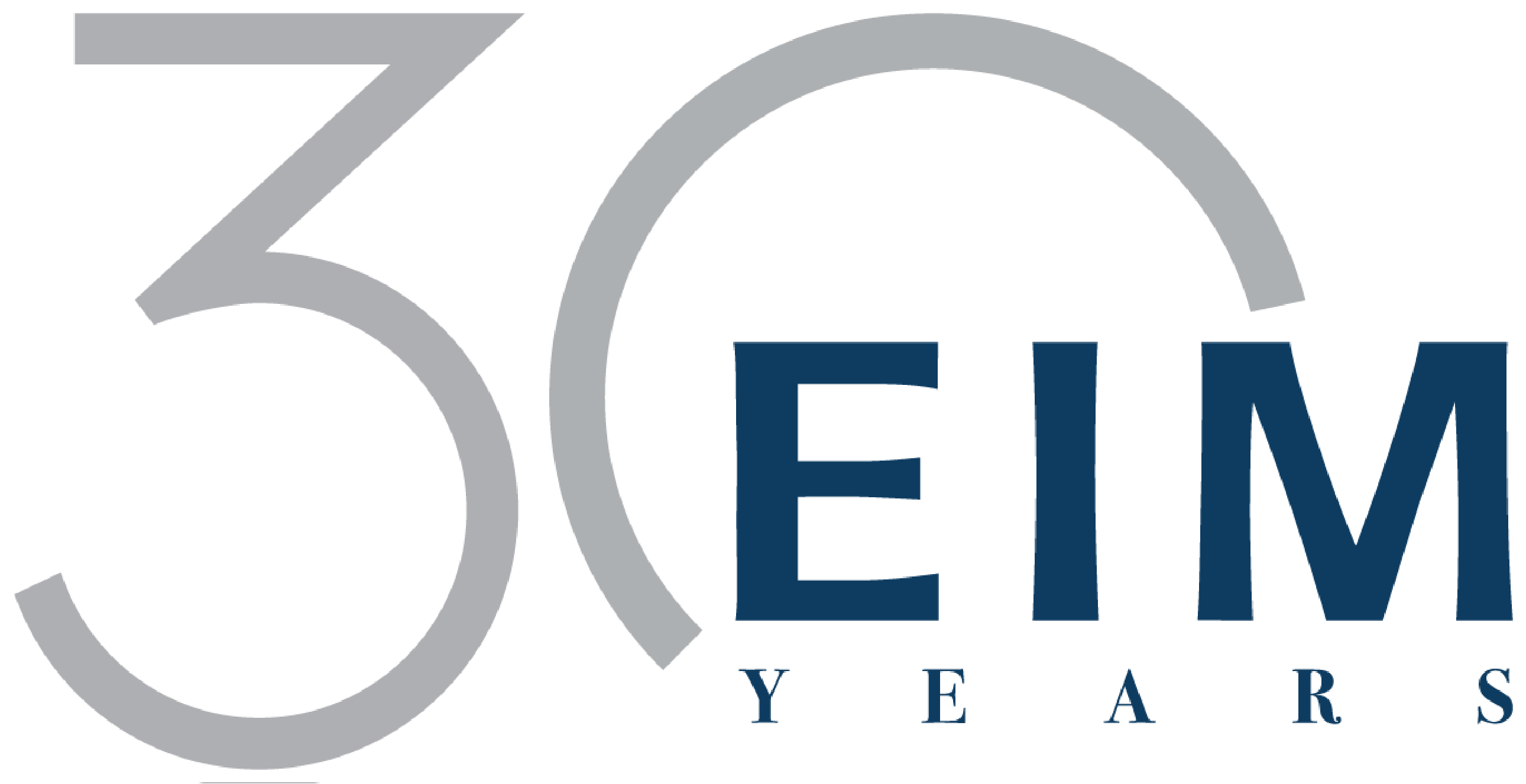
Agility Update December 2021
After the shocks and lockdowns of the past 2 years, continued change seems with the newly discovered Omicron COVID-19 variant. Nevertheless, life and business continue, hence Agility Updates’ choice of articles for the last issue of the year. We would suggest 2 articles – The Right Deal and A Crash Course in Net Zero – mandatory reading for business leaders considering expansion and/or charting their course to success. And for those looking to get onto the ground floor of a growth niche, we offer Algae in Bloom. Till our next issue in February, we wish you a safe and joyful holiday season with family and friends.
The Right Deal
The sudden upheavals wrought by the COVID-19 pandemic has put paid to many an organic growth strategy and tipped companies towards M&As, sparking a boom projected to continue well into 2022. PwC estimates there’s nearly half a trillion US dollars in buying power for M&A over the next 2 years.
Historic data shows the right deals can generate a substantial premium in terms of annual total shareholder return (TSR) between 2.5 and 3.9 percentage points above local market index performance. The wrong ones can deliver a 10.9 percentage point underperformance against the local market index.
PwC believes applying historic insights can steer acquirers to the right deals. Success often includes a strong strategic fit. Leverage deals in which the buyer uses its capabilities to strengthen the target perform slightly better on average than enhancement deals, in which on-boarding new capabilities often comes with greater complexity. SS&C Technologies’ 2018 acquisition of DST Systems is an example of a leveraged deal where a global financial technology company acquired a complementary provider of software and technology in the financial-services and healthcare sectors. Amazon’s US$13.6B acquisition of Whole Foods in 2017 is an enhancement deal where the target provided Amazon with a new knowledge base in the grocery industry, setting the stage for Amazon to disrupt the category by moving it online.
The 5 steps to a successful deal are:
- Determine the capabilities you have and the ones you need.
Try the Capabilities Assessment Tool from PwC’s strategy consulting business Strategy& for a quick answer. - Revisit and re-examine your portfolio through a capabilities lens.
Are there businesses that you should divest because you don’t have the capabilities that give you a right to win? Which businesses should you seek to acquire? - Become a prepared, always-ready acquirer.
Have you assessed the universe of potential acquisitions from a capabilities perspective? Do you know which assets in your industry may be a better fit with your capabilities system than with their current owners, or are you overly reliant on advice from investment bankers to identify targets? - Build distinctive M&A integration (MAI) insight and capability.
A thorough understanding of integration strategy and tactical execution is essential to achieving a deal’s true potential. - Be decisive and act now.
If an acquisition or division doesn’t fit from a capabilities lens, protect value and management bandwidth by exiting it quickly, rather than trying to turn it around. If there is a gap in capabilities, act now to fill it.
Finally, avoid limited-fit deals as these typically destroy value.
A Crash Course in Net Zero
With the agreements made at COP26, the time to be just an observer in climate science and economics is well and truly over. Currently, Australia ranks last on the global index measuring climate policies and the transition to ‘net zero’ will have profound impacts on business, competition, and life as we know it.
A climate-optimised strategy and innovation will be essential to reach net zero, a state where the business balances its greenhouse gases going into the atmosphere by removing an equal amount from the atmosphere, so the net amount is zero. Australian businesses represented by the Business Council of Australia are fully onboard, releasing a blueprint to achieve net zero emissions and position Australia to reap an economic dividend of A$890B and 195,000 jobs over the next 50 years. Main contributors to emissions reductions are expected to be:
- Industry – 24% achieved through such measures as moving from diesel to gas and renewables, and adopting carbon capture and storage.
- Transport – 10% through heavy investment in electric vehicles with 22% of cars to be electric by 2030 and 10% of trucks hydrogen-fuelled by 2030.
- Agriculture & land – 5% largely through offset measures such a methane supplements and fertiliser management.
An expected result of this enormous shift to net zero will be value loss in stranded assets like the ecosystem associated with fossil fuels (oil, gas, coal) and conventional cars. To mitigate investor concerns, businesses will need to demonstrate the new business model they intend to forge and how it affects their human and intangible capital.
Further reading is available at the University of Cambridge Climate change knowledge hub and the Who’s Who of Net Zero with its summary of net zero initiatives and net zero pledges. Read also An Overview of Alternative Fuels for Commercial Transportation, discover the companies Australia’s Clean Energy Innovation Fund has direct investments in, and get up to speed in Corporate Reporting: Climate Change Information and the 2021 Reporting Cycle.
Algae in Bloom
Despite its tiny size, Australia’s seaweed industry has a shot at capturing a decent slice of the growing global market for algae. The global market for Algae estimated at US$782.9M in the year 2020, is projected to reach US$1.2B by 2027, growing at a CAGR of 6.2% over 2020-2027. The global algae products market is expected to grow from US$3.20B in 2017 to US$5.38B by 2025 at a CAGR of 6.7% over 2018-2025.
One of the key drivers is the rising awareness of the health benefits of omega-3 and algae-based products leading to growing demand by both consumers and the pharmaceutical industry. Other drivers are the rising global population and growing demand for food, and the increased use of algae to produce feed for livestock and aquaculture.
Australia’s current seaweed industry is small with a GVP of A$3M and exports of A$1.5M for non-human consumption. However, Australia is a net importer of seaweed with annual imports approaching A$40M in 2017/18 increasing on average at 15% per year. Some 85% of imports was for human consumption for which Australia pays a high unit price.
The potential is for a A$1.5B opportunity that could employ 9,000 people and reduce greenhouse gas emissions by 10% according to the Australian Seaweed Industry Blueprint. Major opportunities identified by the report include:
- Large scale ocean cultivation of Asparagopsis seaweed is projected to feed at least 30% of Australia’s cattle herd by 2025.
- Extension of kelp farming around fish farms to clean the water and provide additional revenue streams for aquaculture businesses across temperate southern Australia.
- Development of seaweed biofilters to remove excess nutrients and protect the Great Barrier Reef while providing beneficial agricultural products in a circular economy.
- Development of offshore integrated food, energy, and carbon sequestration platforms for sustainable food production into the future.
- Biodiscovery from native Australian seaweeds to uncover valuable compounds.
- Development of new seaweed products using advanced manufacturing techniques.
For more information, read Seaweed and Algae: What Are the Differences?, The Current State of the Australian Seaweed Industry, Algae World News and Australia’s emerging seaweed startups. Read also about New York-based food tech Akua’s kelp burger, kelp jerky and expansion plans for crab cakes and ground meat to capture the clean label and whole foods trend.

EIM AUSTRALIA
EIM (Executive Interim Management) was founded to meet the need in client organisations for experienced leaders at short notice to facilitate and accelerate change. We are an independent global partnership backed by the experience of over 10,000 assignments worldwide.
Arrange a consultation >